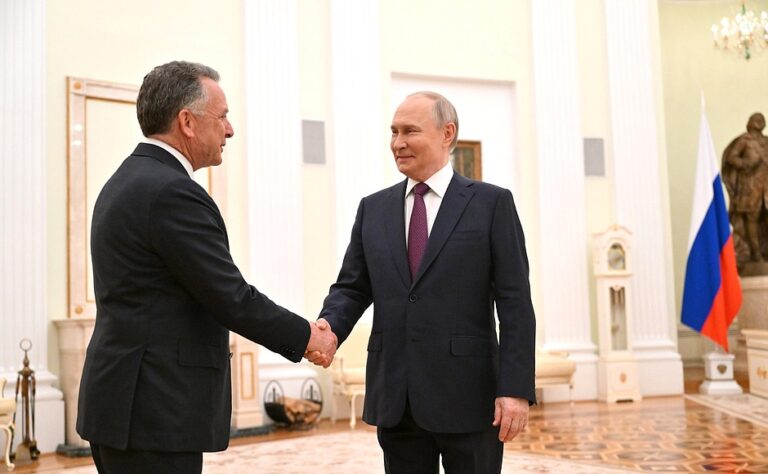
UN official reports”unimaginable violence” including “weeks of rape”, in Mekelle and Freweyni
Addis Ababa/New York: Around 50 bodies, apparently of people who were fleeing the war in Tigray, were recently found in a river between Ethiopia and Sudan and some had gunshot wounds. This is yet another tragic example of the impact on civilians, on men, women and children of the conflict in Tigray and other parts of Ethiopia.
“One can only imagine the… what propels someone to flee their home, right, to try to cross a body of water to get to safety and then being killed. Our humanitarian needs in Tigray remain great, but they remain great because the fighting continues. And I think what we want to see is a halt to the fighting immediately, and of course, we want to have an investigation into what happened,” Stéphane Dujarric, Spokesman for the United Nations Secretary-General, said.
Also read: Rebels take control as Ethiopian army withdraws from five towns in Tigray region
An estimated 5.2 million people need assistance in Tigray and according to the UN Children’s Fund (UNICEF), more than 100,000 children in Tigray could suffer from life-threatening severe acute malnutrition in the next 12 months. This is a tenfold increase compared to the average annual caseload.
UNICEF warned that this malnutrition crisis is taking place amid extensive, systematic damage to the food, health, nutrition, water and sanitation systems and services that children and their families depend on for their survival. The risk of disease outbreak is high, particularly in the overcrowded, unsanitary sites hosting displaced families.
The conflict between federal troops and forces loyal to the northern region’s rulers that started in Tigray region nine-month ago has spread to neighbouring Amhara and Afar regions where humanitarian situation continues to deteriorate due to the spillover of the conflict. Amhara is bordered by the troubled Tigray region to the north and suffers due to ongoing regional and ethnic conflicts, flash floods, and food insecurity, which is increasing the number of internally displaced persons in the Central Gondar and Awi zones. Reports suggest that across the Amhara-Tigray regional border alone, there are an estimated 100,000 internally displaced men, women and children in various pockets and their number continues to swell because of inter-communal conflicts in the Central Gondar zone, and in the Awi zone.
In Afar region, about 70,000 people have been displaced, according to regional authorities. There are also 35,00 people displaced by the ongoing Afar–Somali ethnic conflict in the south.
“UN agencies are supporting our partners and Government counterparts throughout Amhara, including in health and nutrition and cash programmes. Response, however, remains insufficient to meet increasing humanitarian needs, with limited humanitarian presence in the region,” Dujarric told mediapersons.
United Nations’ Emergency Relief Coordinator, Martin Griffiths, was in Addis Ababa, where he met with the Deputy Prime Minister, Demeke Mekonnen Hassen, and Minister of Foreign Affairs, Gedu Andargachew Alene, as well as UN and non-governmental heads of agencies, as well as UN’s humanitarian staff. He is expected to brief the world about his findings soon.
“It was heart-breaking to see the scale of devastation and families who, to this day, do not have a place to live or food to put on their table,” Griffiths was quoted as saying. He had spoken with women who had endured “unimaginable violence”, including some who reported weeks of rape in Mekelle and Freweyni.
– global bihari bureau





